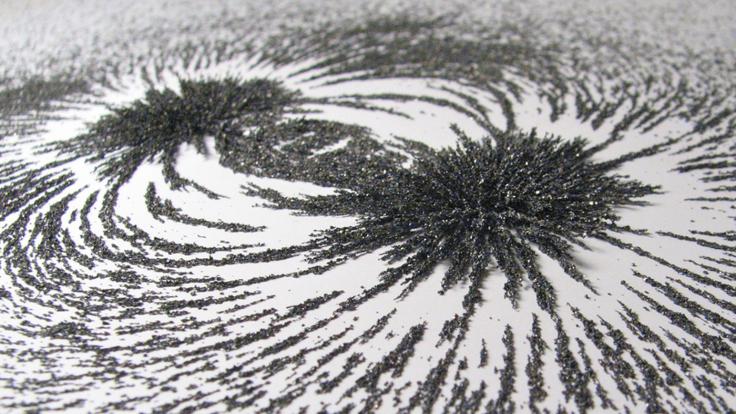Update: You can read this article in Belarusian here.
Kids today.
Such may have been the disapproving sigh of an observer watching a busload of teenagers tour Fermi National Accelerator Laboratory last week. The 11th and 12th graders from Appleton, Wisconsin, spent an awful lot of time typing away on their cell phones. But be not dismayed, O horrified observer. They were just doing their homework.
“I was looking for a way for them to journal, but in a more realistic way. I think that’s what texting is and definitely what Twitter is—a way to journal,” says Dale Basler, instigator of all that cell-phone gazing and a physics teacher at Appleton East High School.
Basler gave the students several assignments for the field trip to Argonne National Laboratory and Fermilab; he’d set up a Twitter feed, and one option was to post tweets throughout the day.
But he laid out some ground rules. The students had to do at least 16 tweets, on a variety of topics--physics topics--and, Basler says, he enforced strict cell phone etiquette: ringers off, and utmost discretion while tweeting.
He did allow for some lighthearted posting. “I figured it’s the same as talking around the lab table while you’re setting up an experiment,” Basler says. “But I told them they’d only get credit for ones with appropriate subjects.”
After touring Argonne, where the students learned about the laboratory’s isotope research and gamma detector, the class grabbed a quick breakfast, prompting both excitement and outrage (Ohmgeeee , “Finally getting some food!” SLAppletonEast , “What...only 20min to eat...”) Then it was off to Fermilab.
Within the first five minutes, the students unleashed upon the World Wide Web the following observations: Fermilab is huge, the tour guide has an awesome British accent, the main building is 16 stories tall, it was built in 1972, the entryway is made from steel from the USS Princeton aircraft carrier, and the atrium’s giant pendulum moves throughout the day, demonstrating the Earth’s spin.
Their thumbs were just getting warmed up.
Over the course of the morning, IGetPhysical noted, “Protons and antiprotons are collided using 5 accelerators that speed particles up to 99.996% the speed of light.” Tweeter xJamarcusx exclaimed, “Fermilab uses up to one trillion volts of energy to accelerate the particle!” Some students stuck to more temporal matters (crazo708, “We just ran up stairs to wake up. Phew.”)
The class commented on the wonders of neutrinos’ ghost-like travels, nuclear fission and fusion, the benefits of neutron therapy for cancer treatment, and the puzzle of dark matter’s omnipresence in the universe.
The trip wrapped up with a lecture from Dan Hooper, an associate scientist in the theoretical astrophysics group (coconutcarrier, “Sitting down to talk with a real physicist at Fermilab!”) Hooper says he answered eager queries about the big bang, the origin of matter, dark energy, and the meaning of time.
“When the hour was up and they had to go catch their bus, it was hard to end. They were a very good group,” Hooper says.
When informed the students were tweeting throughout the discussion, Hooper was somewhat surprised.
“I didn’t notice at all,” he says. “I had no idea. To be honest, I’m not really sure what that means. I’m not that technologically savvy.” Proving that, to even the most brilliant minds, Twitter can be an enigma on par with the deepest mysteries of the cosmos.
During the 3½ -hour trip back to Wisconsin, the students reflected on their experiences (tylersoi , “Just left fermelab. The lecture at the end was by far the best part.” em_cee_squared, “Learned a lot today. I am glad I went on this trip.” )
They even used Twitter to make some scientific observations of their own. One of the last tweets of the day came from xJamarcusx: “BUS JUST BROKE DOWN!!!”
Andrea E. Mustain






